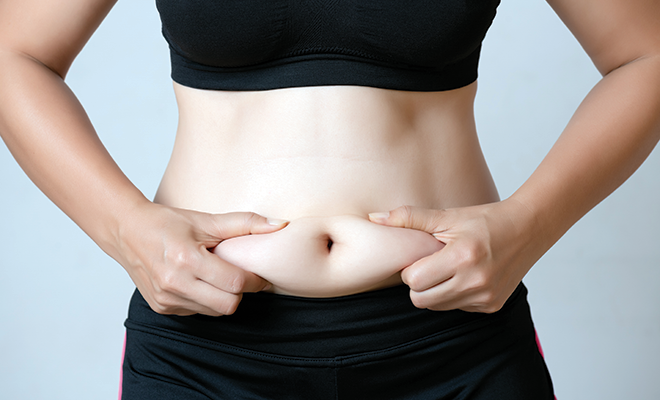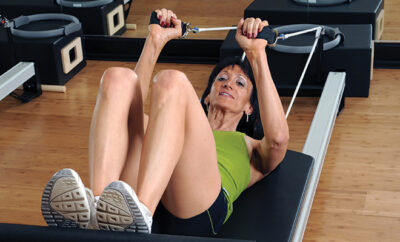
Body Fat Facts: The Skinny on Body Fat Analyzers
Have you’ve been killin’ it at the gym, getting plenty of sleep and eating healthy foods on a regular basis, but the numbers on the scale are staying stagnant? Well, it may be time to assess your body fat percentage. When it comes to our health and weight loss, measuring body fat can be beneficial for getting better results.
When we are exercising regularly, we can build muscle and increase our fitness level, but our weight on the scale may increase as well. One way to assess our fitness progress is to use a body fat analyzer. Measuring our body fat can help determine if our weight loss efforts are working.
What are body fat analyzers?
A body fat analyzer or scale can offer a more accurate picture of body composition by measuring someone’s percentage of fat and muscle. Also called impedance meters, body fat analyzers are sold at a variety of different price points. They can give a more accurate view of whether we are losing fat and gaining muscle or not. Although they have been on the market for consumers for years, the technology is continually evolving and the results are more accurate than ever before.
Most body fat scales use a method known as bioelectrical impedance analysis, which sends a weak electric current through the body to determine body composition. In addition to measuring body fat, many body fat scales can estimate other metrics of body composition, including muscle mass, bone mass and body water percentage.
Some body fat analyzers can look and operate like a scale, while others are hand-held. Many can also be used in conjunction with Wi-Fi and sync to various health and fitness apps, which makes them even more convenient.
Why calculate body fat?
Body fat percentage is an important part of our overall health and can put us at risk for health issues including diabetes, heart disease, high blood pressure, stroke and more. The American Council on Exercise recommends a body fat percentage for physically active women of 10 percent to 24 percent. For men, the desirable range is from to 2 percent to 17 percent. Women are considered obese if body fat is 32 percent or more, while men are considered obese if they are above 25 percent.
How efficient are body fat analyzers?
Body fat technology is continually progressing, but results from portable analyzers can still vary somewhat. Actual measurements can depend on many factors such as the device’s quality, gender of the person using it, where fat is stored on the body, age, height and how much strength training someone is doing.
What should I look for in a monitor?
There are different styles of monitors on the market and each can be used differently to give you a snapshot of your current body fat percentage. Consider which works best for your lifestyle, preferences, and goals before making a purchase.
The good thing about body fat analyzers is that they come in various models and budgets. While some monitors can be found under $25, others may cost $100 or more. When shopping for one, here are some things to consider.
The display should be clear and easy to read. Data should also stay on the screen long enough to read easily. Choose an analyzer that has enough profiles for you and your family. There should be enough saved sets of information for all people who will be using the analyzer regularly. A guest profile can be handy for visitors who want to use the scale but don’t need their profile stored permanently.
Instructions should be easy to understand, with useful diagrams and advice on how to interpret your results. If technology is important to you, make sure the analyzer comes with an app, and review it before buying, making sure the capabilities are user-friendly. Choose an analyzer that is priced right for you,but also offers the data you want to help you achieve your goals.
What about rofessional options?
If you’re serious about your body fat percentage and opt to skip the commercially available equipment, ask your doctor or gym about professional measuring techniques. More accurate options might include underwater weighing, a DXA or specialty X-ray exam and air displacement plethysmography or Bod Pod. With this technique, you’re enclosed in a computerized, egg-shaped chamber that measures weight and volume to determine body density. Then it uses these figures to calculate body fat percentage. Depending on the information you’re looking for and what is available, you and your doctor can determine the most appropriate technique.
Researchers continue to study methods to assess body fat and new technology is aimed at making it easier for consumers to set goals toward a healthier body. Body fat analyzers may not be perfect, but they can definitely be used as a motivator and as a complement to our overall wellness. ■
Sources: mayoclinic.org, consumerreports.org, verywellfit.com and healthline.com.







